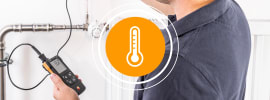- Home
- testo 480
testo 480 - Digital temperature, humidity and air flow meter
Product no. 0563 4800






testo 480 - Digital temperature, humidity and air flow meter
Product no. 0563 4800Why not enjoy the benefits that it has to offer: >> To the product
Description
The high-precision digital temperature, humidity and air flow meter is designed to provide independent experts, consultants, technical service providers and HVAC technicians in the field of ventilation and indoor air quality with an efficient means of carrying out all their measurements – i.e. norm-compliant setting and adjustment of airconditioning and ventilation systems in offices, residential and industrial buildings –using just one single device.
It is also designed to check quality parameters in production and processing quickly and reliably.
To know more about the applications that the testo 480 digital temperature, humidity and air flow meter can be used for, please click on the tab labeled applications.
The intelligent concept behind the testo 480
The testo 480 has a built-in, high-precision difference pressure sensor for pitot static tube measurements and filter/clean room monitoring. There is also a wide range of high-quality optional sensors for carrying out the following measurements:
- Air flow and volume flow(also fume cupboard measurements)
- Temperature
- Humidity
- Pressure (difference and absolute pressure)
- CO2
- Illumination intensity
- PMV/PPD
- Heatradiation
- Degreeofturbulence
- WBGTIndex
The testo 480 digital temperature, humidity and air flow meter comes with a wide range of optional sensors and accessories – like the wireless testo quick printer for print outs on site –which allows you to customize your meter to suit your own pocket and meet your own needs.
State-of-the-art technology for HVAC technicians and experts
The testo 480 was designed to make your work more efficient and life easier. The high-quality, easy-to-use digital temperature, humidity and air flow meter can be used to measure all relevant ventilation and air conditioning parameters and carry out long-term measurements with only one device with a huge memory that can save up to 60 million measurements and a set of integrated programs that guide you through the following measurements step by step.
- VAC measurements in compliance with EN 12599
- Degree of turbulence measurementsin compliance with EN 12599
- PMV/PPD measurement in compliance with ISO 7730
- WBGT measurement in compliance with ISO 7243
“Easy Climate” PC software
The “Easy Climate” software allows your readings to be transferred directly to a PC via a USB cable where they can then be presented, analyzedor logged. A specially developed protocol designer enables you to create protocols to suit your customers’ needs and the optional testoquick printer provides you with printouts on site.
Digital sensors and intelligent calibration concept
The optional testo digital sensors provide you with highly accurate results as there is no measurement inaccuracy from the meter. In addition, any deviations which are determined during calibration can be saved to the digital sensor. These deviations are compensated automatically giving you a zero error value. The intelligent sensors alert the user when the next calibration – which can be carried out by hand thereby ensuring that you always have your meter with you when you need it – is due.
The testo 480 digital temperature, humidity and air flow meter has a built-in, high-precision difference pressure sensor with a measuring range from -100 to +100 hPa and connection possibilities for a further three optional digital and two temperature (type Kthermocouple sensors).
Delivery Scope
Please note: the sensors and accessories described in the product presentation above are all optional and must be ordered separately.
Technical data
Temperature - Pt100
| Measuring range | -100 to +400 °C |
|---|---|
| Resolution | 0.01 °C |
Temperature - TC Type K (NiCr-Ni)
| Measuring range | -200 to +1370 °C |
|---|---|
| Accuracy | ±(0.3 °C + 0.1 % of mv) |
| Resolution | 0.1 °C |
Humidity - Capacitive
| Measuring range | 0 to 100 %RH |
|---|---|
| Resolution | 0.1 %RH |
Sensor
Air probes
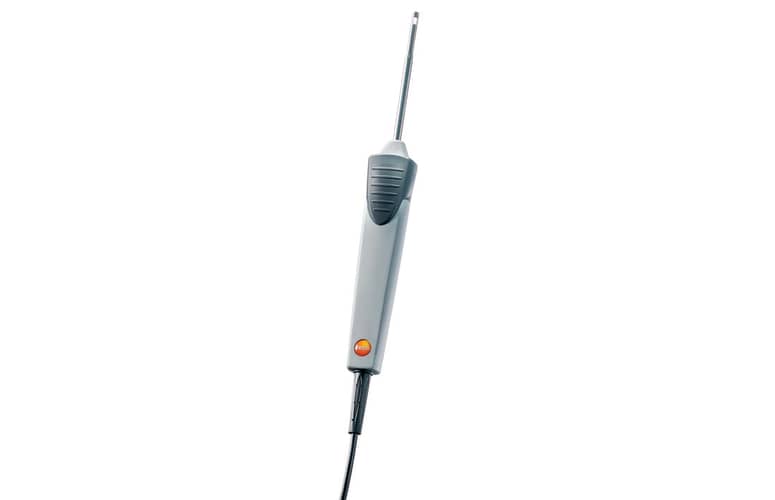
0602 1793
Comfort probes
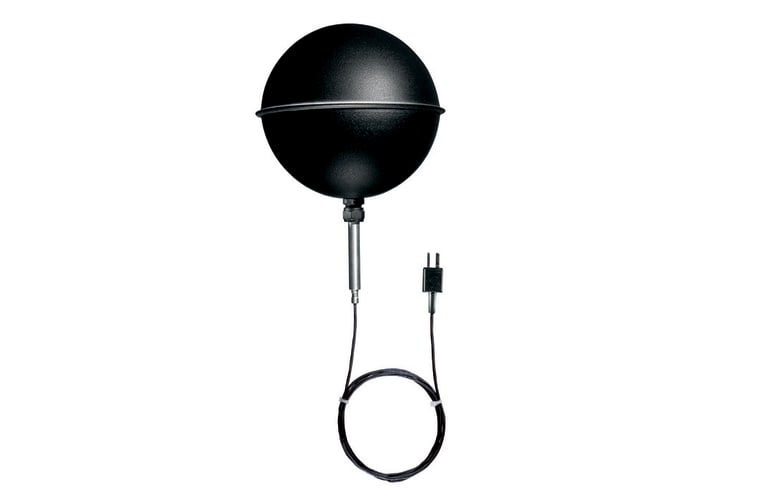
0602 0743
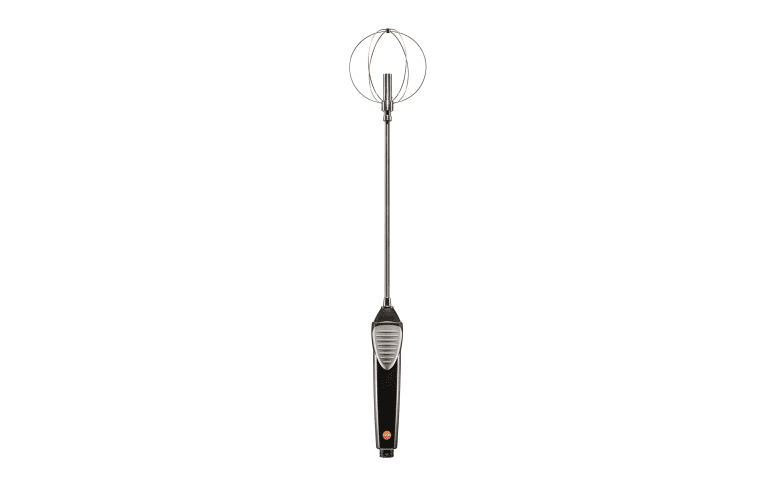
0628 0143
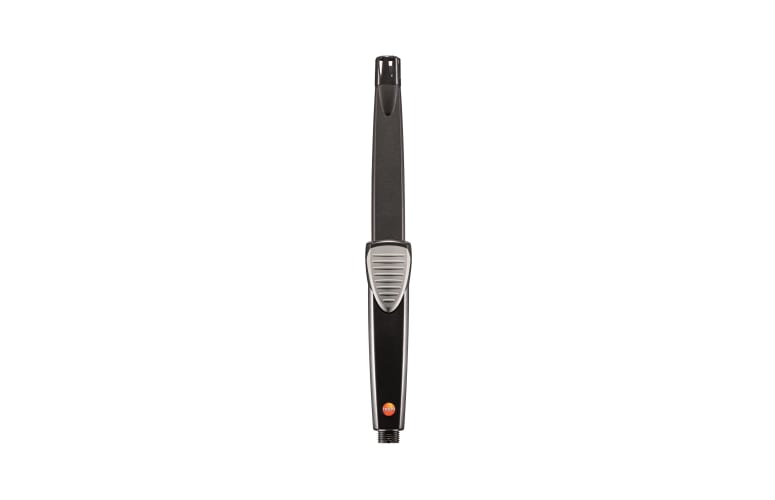
0632 1543
Digital Humidity Probe
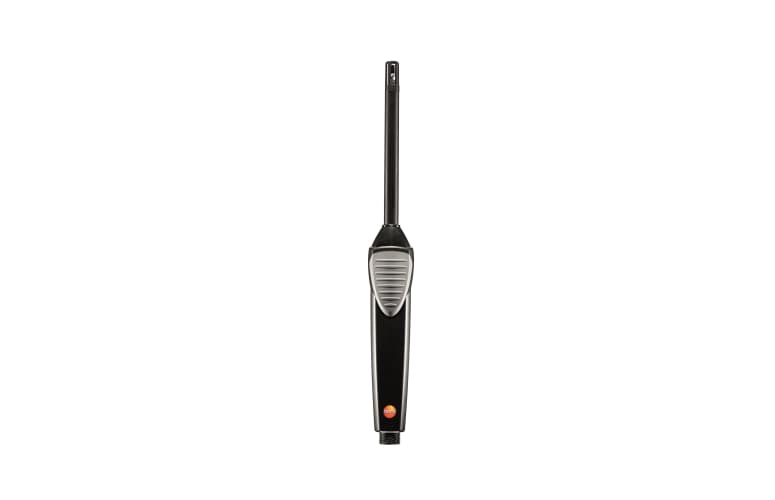
0636 9743
Digital temperature probes
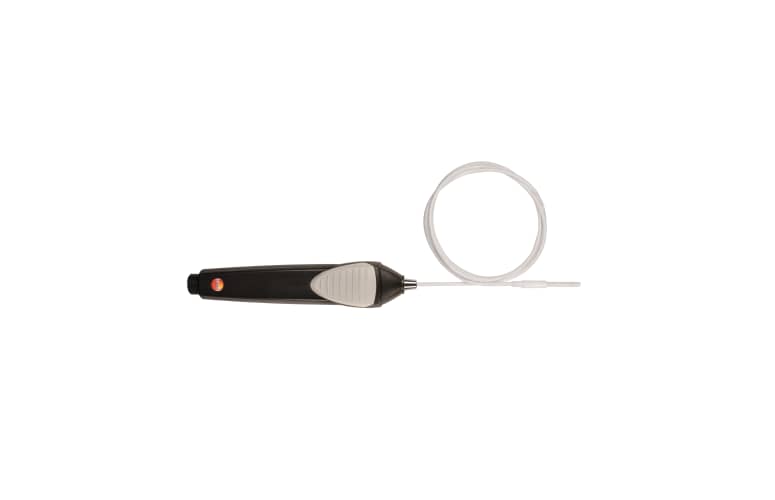
0614 0071
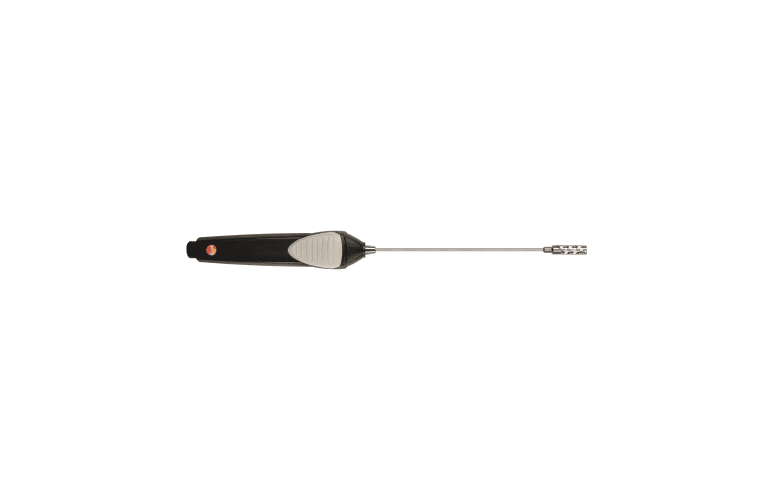
0614 0072
Prandtl's Pitot tubes
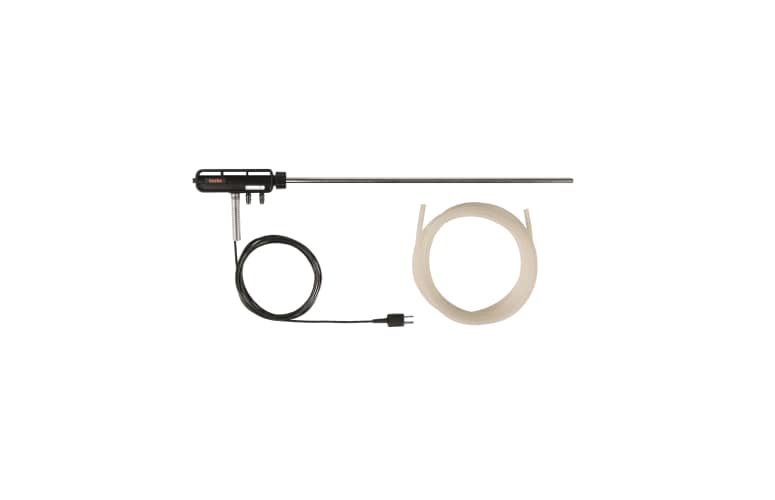
0635 2043
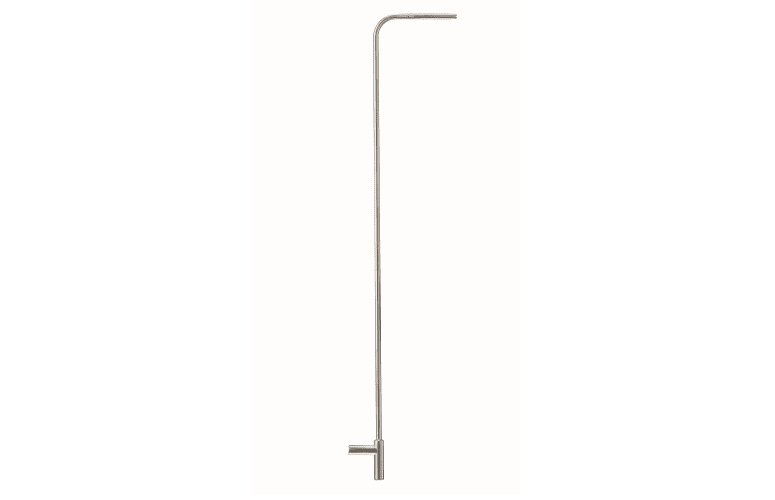
0635 2045

0635 2143
Surface probes
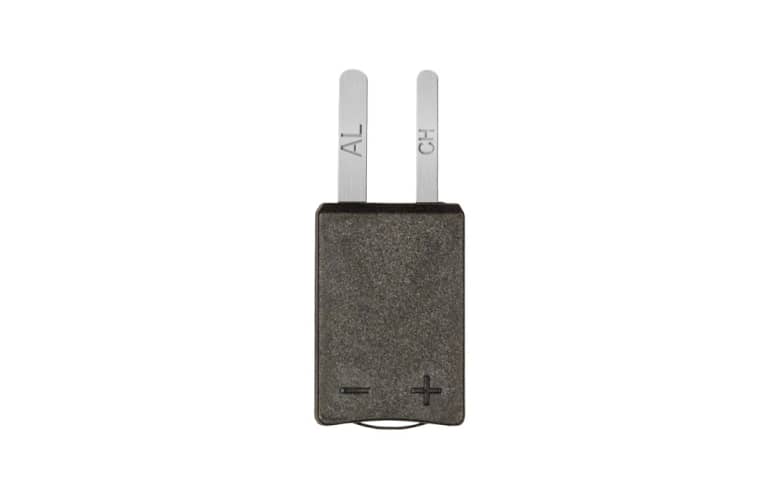
0602 0092
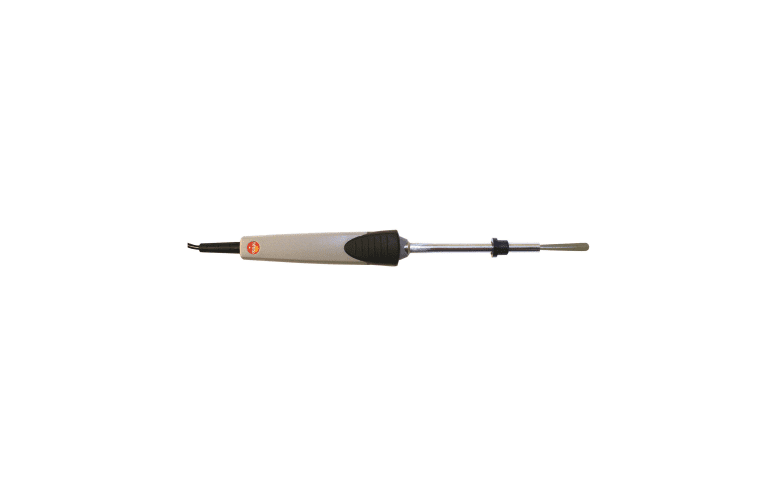
0602 0193
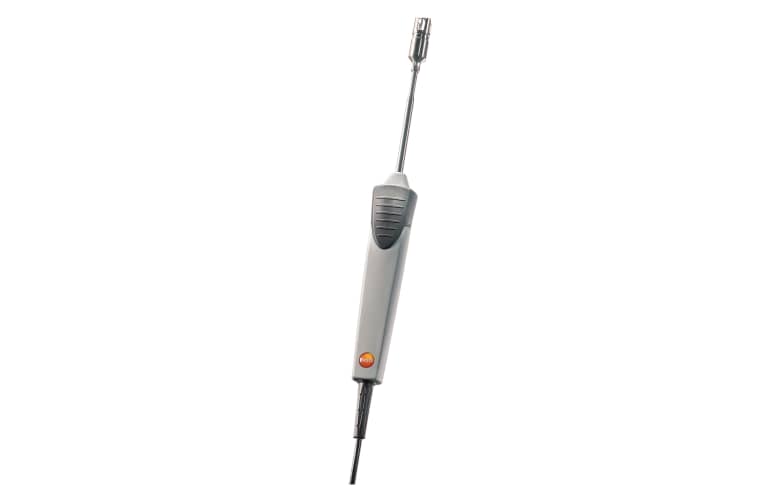
0602 0393
immersion/ penetration probes
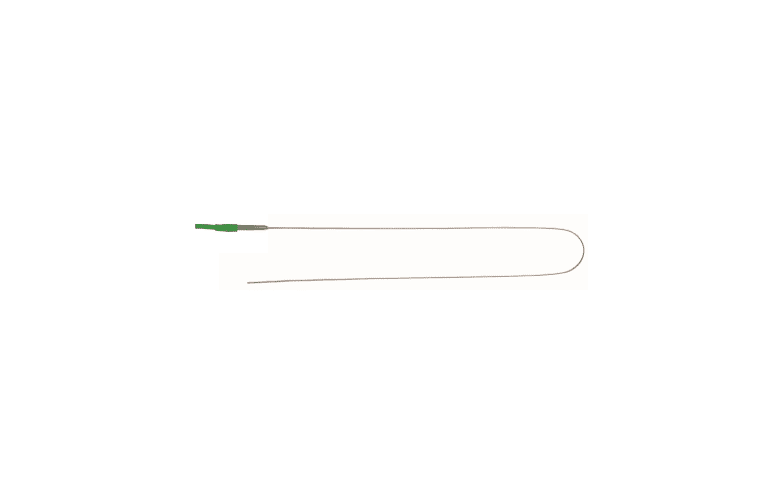
0602 0493
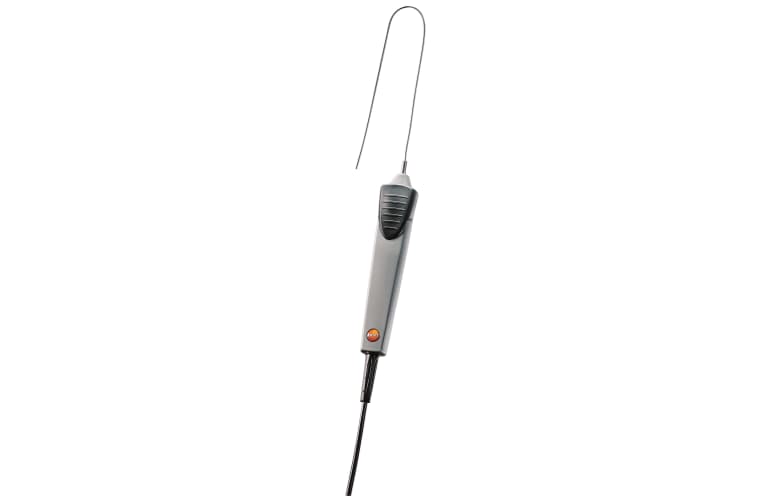
0602 0593
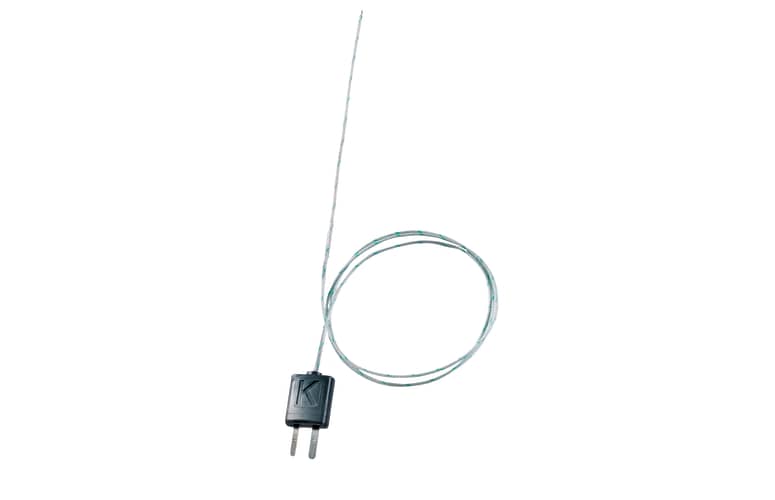
0602 0644
Sets
Order proposal for HVAC measurement
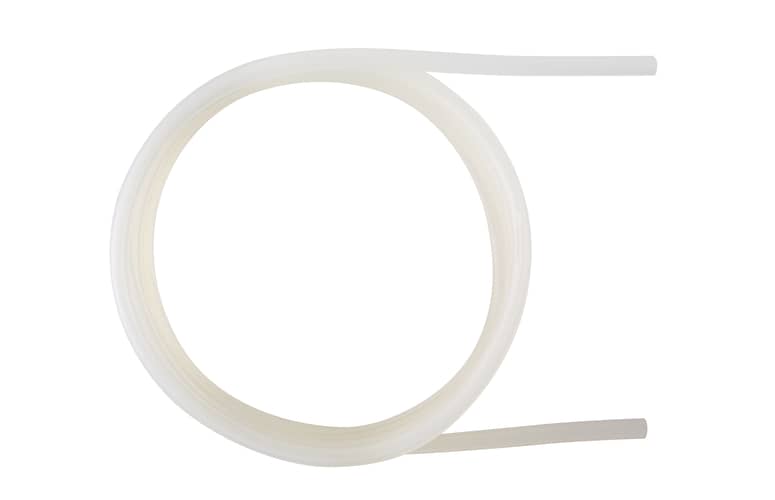
0554 0440
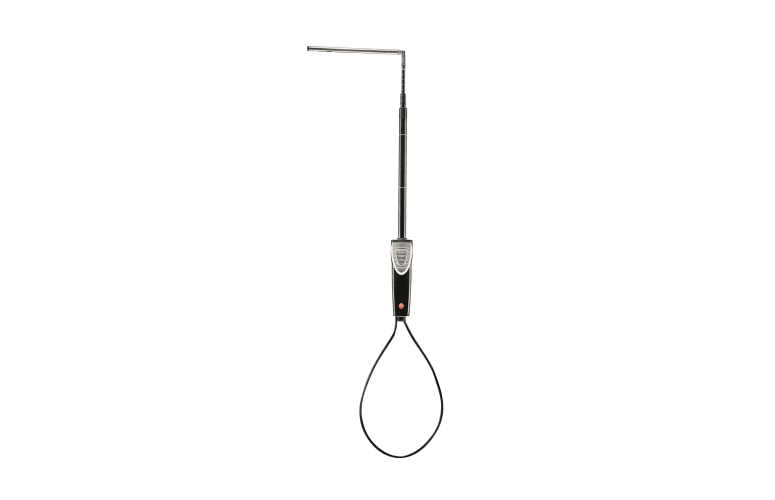
0635 1543
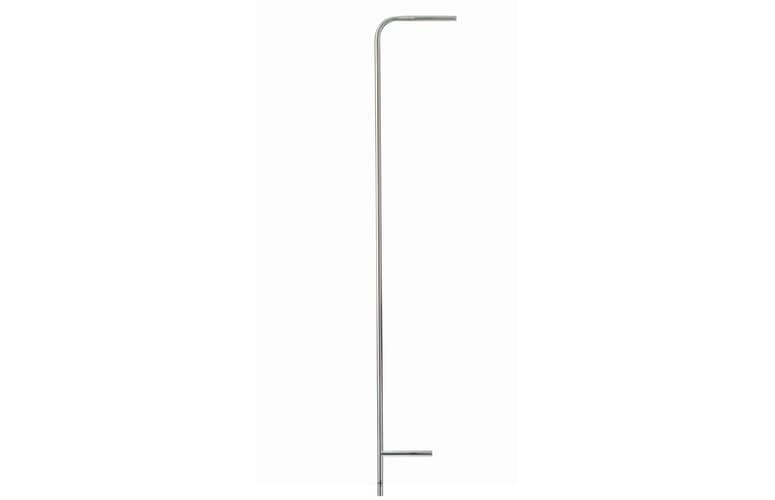
0635 2145
Order proposal for comfort measurement
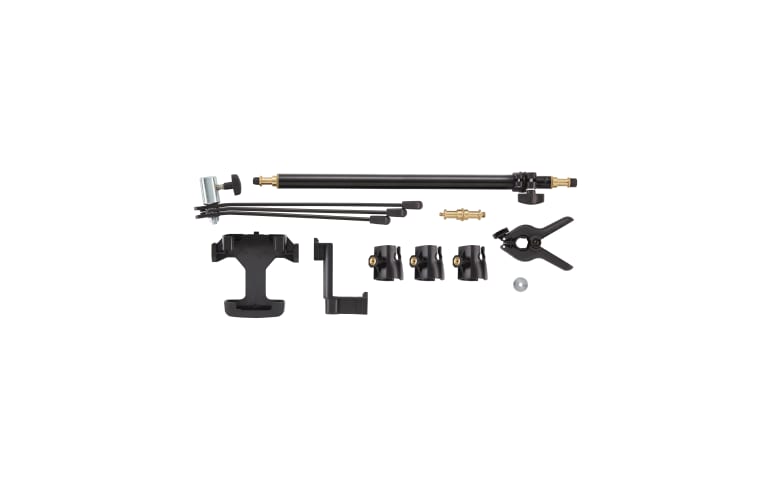
0554 0743

0602 0743

0628 0143
Accessories
Accessories
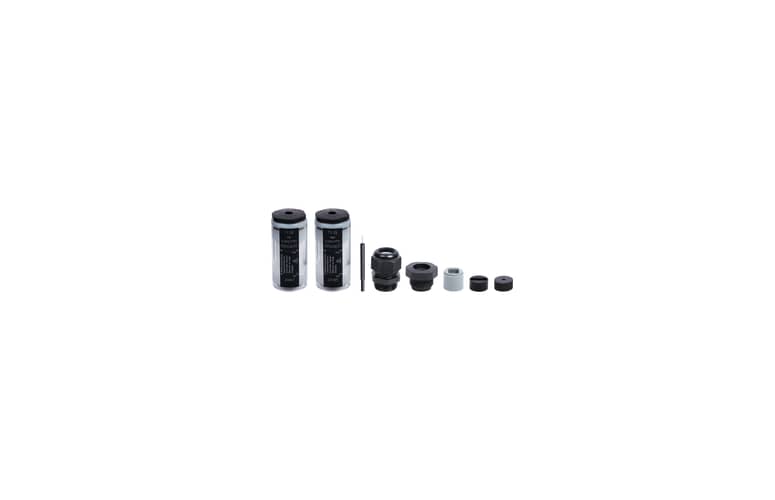
0554 0660
Additional certificates

0520 0010

0520 0033
Certificates

0520 0004

0520 0006

0520 0034
Certificates for humidity

0520 0013

0520 0083

0520 0136
Certificates for pressure

0520 0005

0520 0025
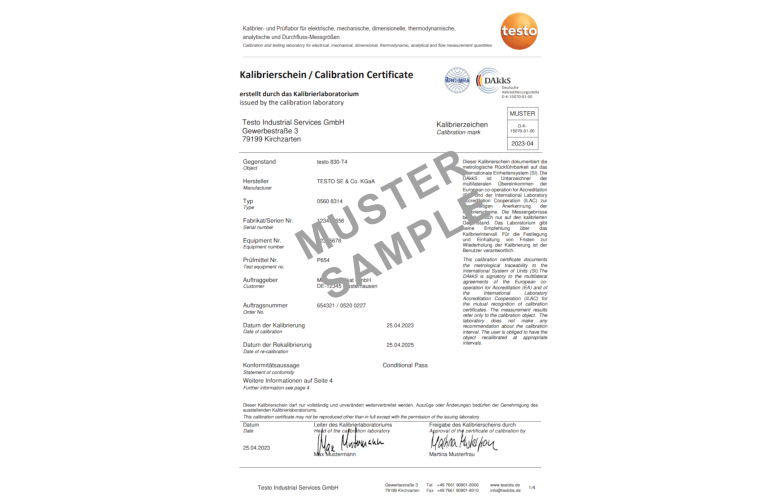
0520 0215
Certificates for temperature

0520 0001

0520 0021

0520 0071
Certificates for velocity

0520 0024

0520 0204

0520 0224
Further accessories measuring instrument/probes
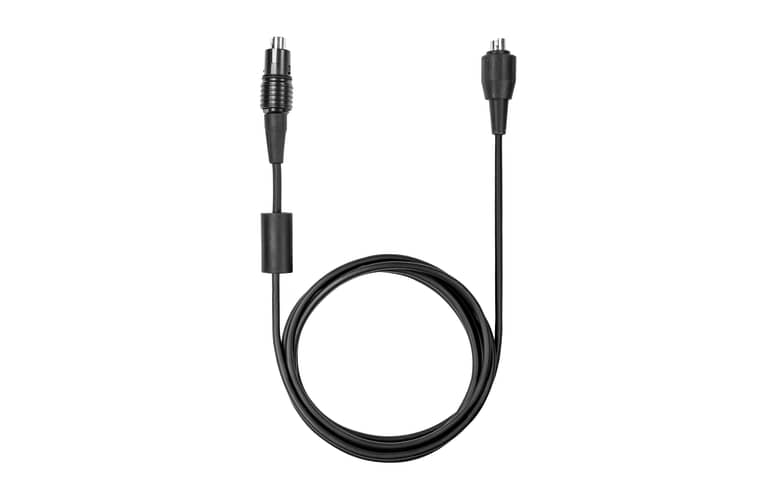
0430 0101
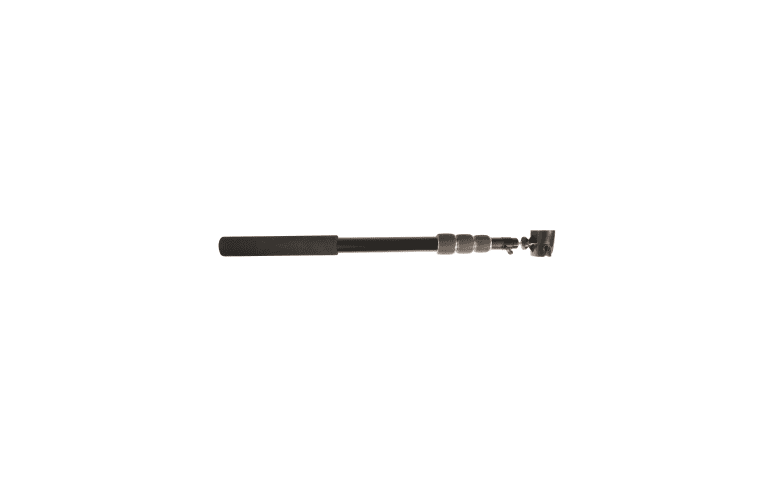
0430 0946

0554 0440
Printer and accessories
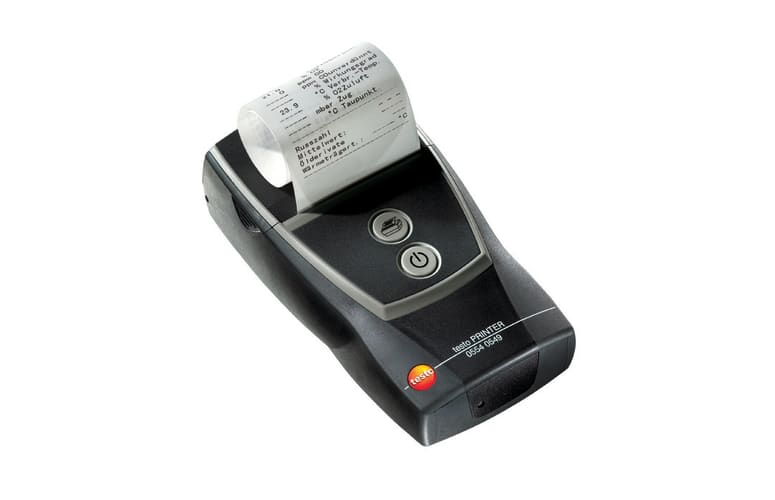
0554 0549
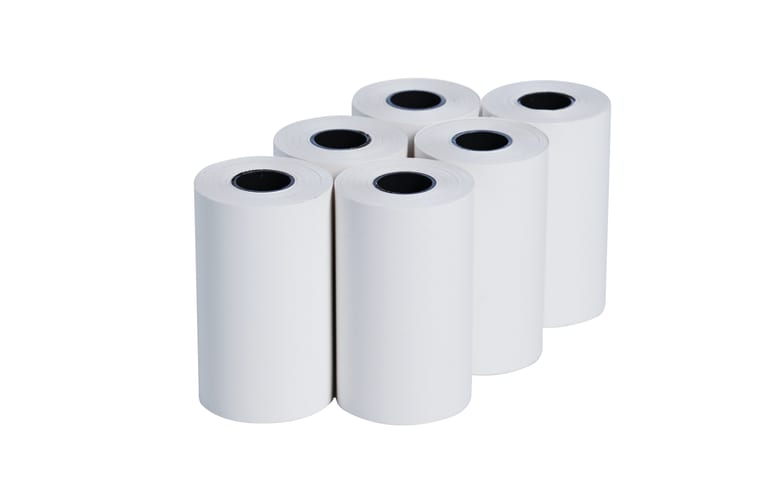
0554 0568
Applications
Flow measurement in the ventilation duct according to EN 12599
Use testo 480 and the flow probes to carry out VAC grid measurements according to EN 12599 and to configure your system to make it energy-efficient. The measurement results can be presented to your customers on site in the VAC measurement protocol (link to pdf).
We have the ideal flow probe for your duct measurements:
- Probes for low, medium and high flow velocities
- Probe for turbulent flows
- Probes with non-rotatable, robust telescope. The scaling on the telescope ensures that the immersion depth is easy to read.
- Probe for ventilation ducts with small holes
Air temperature and humidity can also be measured with the same probe as the flow velocity if required.
Selecting a suitable probe depends on the flow velocity in the ventilation duct. This can be broken down into three sub-ranges:
- Low flow velocities: thermal anemometers are suitable for this (order no. 0635 1543, 0635 1024, and 0635 1050)
- Medium flow velocities: the 16 mm vane anemometer provides the best results (order no. 0635 9542)
- High flow velocities: the pitot tube provides the best prerequisites (see following application)
Flow measurement in the ventilation duct using a pitot tube
Observance of air flows in the ventilation duct is of utmost importance for the function of the ventilation and air conditioning system.
The internal differential pressure sensor of the testo 480 is used for measuring in the case of high flow velocities and very contaminated flows, and the pitot tube for an air velocity ranging from 0 to 64 m/s. The testo 480 simultaneously displays pressure, flow and volumetric flow. Magnets on the rear of the instrument allow hands-free work.
Our pitot tubes are available in different designs: in lengths of 350 mm to 1000 mm and diameters of 4 mm and 7 mm.
Volumetric flow measurement at the air outlet
Every duct inlet and outlet should only contain the volumetric flow that according to calculations is a basic prerequisite to an efficient functional system.
The large vane anemometer with 100 mm diameter is ideal for measuring the volumetric flows at duct outlets (order no. 0635 9343), as it integrates the flow velocity over a larger area thereby determining disturbance from the air grille (loop method).
To measure the suction or blowing vents of air grilles and plate valves our volumetric flow rate funnel set is ideal (order no. 0563 4170) as is the large 100 mm vane anemometer (order no. 0635 9343) The entire volumetric flow is recorded with the aid of the funnel without the need for conversion on the basis of the flow velocity and area. This method of flow measurement is simple and reliable.
Take reliable measurements at ceiling outlets using the bendable, thermal flow probe (0635 1543).
Differential pressure measurement on filters
testo 480 uses the integral sensor to measure the differential pressure within the -100...+100 hPa range. The differential pressure measurement is temperature-compensated for exact readings. Magnets on the rear of the instrument allow hands-free work.
Humidity measurement in the VAC system according to EN 12599
In winter, the absolute humidity in the outside air is generally not enough to uphold the requirement of a pleasant room humidity of approx. 30% rF to 70% rF (as per DIN EN 13779) in buildings with ventilation and air conditioning systems. Therefore, air humidifiers are often used within ventilation systems.
To ensure that these systems function properly EN 12599 specifies that in addition to other measurement parameters, such as volumetric flow and temperature, relative humidity also has to be measured at different points within the VAC system. Typical measuring points are in front of and behind heat exchangers and humidifiers. Conversion into the required humidity units (e.g. absolute humidity) is possible with the testo 480.
The humidity probe (order no. 0636 9743) has the ideal size of 12 mm diameter for measurement in the ventilation duct. This probe can record relative humidity and temperature in parallel. The humidity probe can also be used to assess thermal comfort within a room.
PMV-/PPD value measurement according to ISO 7730
Thermal comfort is defined by the following main influencing factors:
- Indoor air temperature and radiation temperature
- Air velocity
- Relative humidity of the indoor air
The measurement program integrated into the testo 480 directly calculates the PMV/PPD value according to ISO 7730 using optional attachment probes. The generated diagram in the measuring instrument helps you to evaluate an indoor climate quickly and objectively. The PMV/PPD measurement protocol records the measurement data for you and your customers.
Turbulence measurement in accordance with EN 13779
The air velocity in rooms directly affects thermal comfort. The turbulence and draught levels can be referred to in the assessment of comfort.
The level of turbulence indicates the air velocity fluctuation and intensity of air flow in a room.
The air velocity in rooms directly affects thermal comfort. The turbulence level is given as a percentage, calculated from the mean air velocity and air temperature in rooms. The level of turbulence indicates the air velocity fluctuation and intensity of air flow in a room. There is a direct correlation between the air temperature and turbulence level.
The draught rate can be generally understood as the unwanted cooling of the body due to air movement. The draught rate is defined as the percentage of people who feel uncomfortable. The draught rate is also given as a percentage, calculated from the mean flow velocity, mean temperature and turbulence level.
The non-directional comfort probe (order no. 0628 0143) has been specially designed to measure the turbulence level in accordance with EN 13779, and to assess the draught rate. The integrated assisted measurement program in the testo 480 enables the standard-compliant measurement results to be analyzed directly in the measuring instrument. The optional tripod (order no. 0554 0743) secures all probes safely and conveniently, even for long-term measurements.
Measurement of indoor air quality (CO2)
Bad indoor air quality due to high concentrations of CO2 can cause tiredness, lack of concentration and even illness. Therefore, to ensure sufficient indoor air quality the CO2 concentration is generally not to exceed 1 000 ppm. Values of 700 to 1 500 ppm can be viewed as the “reference range”.
The IAQ probe (order no. 0632 1543) is particularly suitable for monitoring indoor air quality controls. This probe can be used to record CO2, temperature and relative humidity at the same time.
Lighting measurement
Suitable lighting in the workplace provides workers with sufficient light to be able to perform their jobs well. It helps to prevent mistakes being made, premature tiredness setting in, and maintains alertness.
testo 480 and the Lux probe (order no. 0635 0543) can be used to measure and assess luminous intensity (natural or artificial light).
Measurement of radiated heat
Thermal radiation (that is, the operative or perceived temperature) in the environment can be determined with the attachment Globe thermometer (order no. 0602 0743); this comprises a black hollow copper sphere which has the tip of a mercury thermometer at its centre. The operative temperature measured with a Globe thermometer with a 150 mm diameter preferably corresponds with people's perceived temperature to ± 0.41 K.
The temperature measurements in a room (air temperature and operative temperature) are to be taken in the same place and same general conditions as the measurement of indoor air velocities.
The optional tripod (order no. 0554 0743) secures all probes safely and conveniently, even for long-term measurements.
WBGT measurement at workplaces exposed to heat as per DIN 33403 and ISO 7243
Use the WBGT probe (Wet Bulb Globe Temperature) to measure and monitor heat stress, e.g. in the steel industry. Measure the WBGT index in compliance with the standards. In the testo 480 this climate index is determined according to DIN 33403 and ISO 7243. Use it to ensure physical well-being in the workplace and prevent circulatory collapse, heat cramps and heat stroke.
Laboratory flue gas measurement in accordance with EN 14175
Ensuring the process climate in clean rooms
The air temperature is measured with the accurate Pt100 probes and humidity fluctuations are monitored with an accuracy up to ±(1,0 %rF + 0,7 % v. Mw.) using the precise humidity and temperature probe (order number: 0636 9743).
The thermal flow probe (order number: 0635 1048) is used to check laboratory flues and measure laminar flow.
Calibration of air-conditioning cabinets as per DAkkS/DKD directive 5-7
Monitor your air conditioning cabinet for precise temperature and humidity conditions with the testo 480 measuring instrument. The instrument protects your work and helps you to comply with quality standards by measuring with the accurate humidity probe (order no 0636 9743) and Pt100 temperature probe (order no. 0614 0073), which automatically compensate for non-conformities. It is easy to connect up to three humidity and Pt100 temperature probes at the same time. Calibrate your air-conditioning cabinet in compliance with the reference standard, with no errors. The testo 480 provides smooth management and documentation of your measurement data.
High precision temperature and humidity measurement
In many industrial processes, highly accurate and reliable measurement of humidity and temperature is required to ensure consistent quality. For example, in your production facilities or laboratory, temperature and humidity can be accurately measured to +/- 1% using the humidity and temperature probe (order number: 0636 9743). You need all physical factors of the Mollier diagram and the testo 480 will calculate them for you. With the integrated measurement programs extensive options are available for monitoring your nominal values.
Precision temperature measuring in the laboratory
Use the new high-precision Pt100 immersion and penetration probe to carry out measurements in laboratories with an accuracy of ± 0.05 °C in the 0 to +100 °C range.
The new digital precision temperature probe enables high-precision temperature measurements in liquids and pastes. After entering the calibration data in the software, your measurement will show no errors; the testo 480 can therefore be used as a working standard.
Measurement of the air and surface temperature
For human beings to be comfortable and perform at their best, it is crucial that the rooms they occupy are correctly air conditioned. As well as the structural conditions and personal perception, the following factors also contribute significantly to the existence of a pleasant indoor climate: the indoor air and surface temperature of walls, windows, floors and ceilings.
There is a great selection of TE temperature probes available for the testo 480. The surface probe (order no. 0602 0393) and air humidity probe (order no. 0636 9743) can be used to investigate dew point shortfalls and mould.
Also part of the range: TC temperature probe with T-hinge measuring head and very quick response time for temperature measurements on surfaces (order no. 0614 0195).
Up to two temperature probes specially for measurements on pipes can be connected to the testo 480 to record and show the difference in temperature in a heating system.
Downloads
Product brochures
- Data sheet testo 480(pdf, 3.1 MB)
Operating instructions
- Instruction manual testo 480(pdf, 2.86 MB)
Software
- testo 480 - Software update(v1.14, 13.26 MB)
- Execute Firmware update testo 480(pdf, 74.23 kB)Execute Firmware update testo 480





